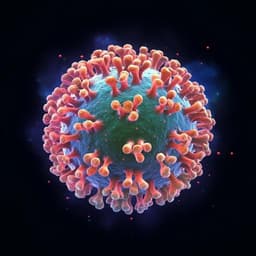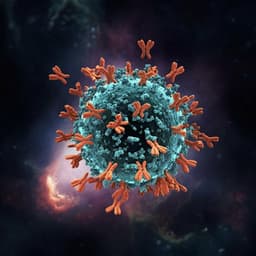
Medicine and Health
Multivalent nanoparticle-based vaccines protect hamsters against SARS-CoV-2 after a single immunization
S. Chiba, S. J. Frey, et al.
This groundbreaking research by Shiho Chiba and colleagues engineered innovative nanoparticles that successfully induce robust immunity against SARS-CoV-2, showcasing an effective one-shot vaccine approach that completely protects against infection. With no viral presence in the lungs of test subjects, this study paves the way for potential applications against numerous pathogens.
~3 min • Beginner • English
Related Publications
Explore these studies to deepen your understanding of the subject.







